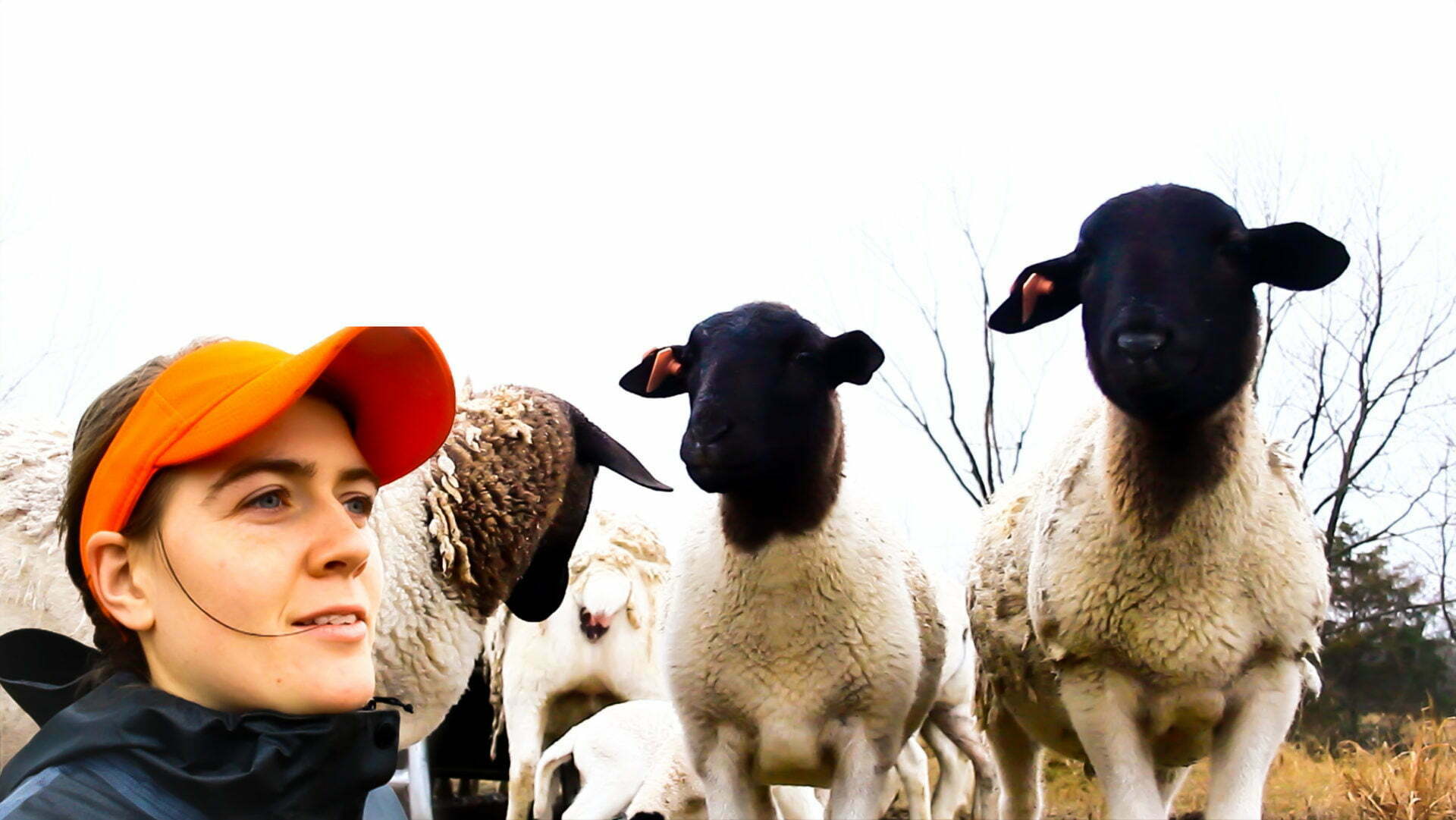DISCOUNT FOR STOCKMAN GRASS FARMER: https://bit.ly/GrassFarmerGathering
SHOP THE BOOKS: http://bit.ly/ShepherdessMERCH
45 MINUTE PODCAST WITH CORBITT WALL: https://bit.ly/CorbittWall
Channel Guest: Corbitt Wall, FEEDER FLASH, NationalBeefwire.com
Join my Newsletter: http://bit.ly/ShepherdessNWSLTR
EMAIL: shepherdess (at) harmonyfarms.blog
In 2014 the live cattle market saw all time record high prices, with steers at 550lbs going from $1.63per pound in 2012 to $2.95 in 2014. What lead up to these record high prices?
In 2011, a red hot drought across the Deep South drove many ranchers to liquidate and herd sizes were reduced. Once precipitation returned to these drought stricken areas, ranchers began restocking, and prices went up for a very brief period of time…
Here in 2022 we are facing the same set of circumstances and possibly the same opportunity to cash in on our beef cattle, but there are 3 things we need to pay attention to:
#1. Any upcoming price spikes will be very short term. The 2014 price spike ended as quickly as it began. If there is an upswing in 2022-24 it will follow the same pattern and will not be a long term increase in prices. With the control that the 4 major meatpackers have on the commodity cattle market, the system is rigged. For more information on why American beef is endangered, click here.
#2. The upcoming opportunity in the conventional cattle market is for established ranchers and not for newbies. If you have extra grass resource and can buy good cattle out of these drought zones, go for it! But do not, as a beginner, build a herd in hopes for return on the commodity cattle market in 2023.
#3. Grass-based operations will benefit the most from an increase in commodity cattle prices. The price of corn has tripled over the past 2 years, going from $3/bushel to $9/ bushel in some areas of the country. In systems where grain is the primary means of putting weight on cattle, input costs will eat up any increase in margins. #4. Buyer beware that a portion of what we saw in 2014 may have been artificially stimulated and here is some insight.
For me personally, I am right here in the thick of east Texas drought conditions. I believe that if you have a little bit of beef, it might not be a bad idea to hang on to it. I am spending a little bit more than I normally would to retain the small herd I have. Not because I am planning to sell conventionally, but because I know that trying to rebuild a herd over the next few years may be more difficult and expensive than what I am feeding in hay at the moment.
And I want to continue to drill it in, If you are a beginner in beef, do NOT establish career in beef cattle chasing the ups and downs of the conventional market. Start you herd with the goal of direct to consumer meat sales… buy Salad Bar Beef at shopshepherdess.com. This book will lay out a direct to consumer marketing plan for your small beef herd.
Focus on becoming a marketer as much as you are a farmer. If you learn to market direct to consumer, prices on the conventional cattle market will have very little affect on you.If you are intimidated by the concept of marketing, I have a 6-step formula for building a full fledged marketing program for your farm. Click on the link below and I’ll send you a video on the topic absolutely free.
-the Shepherdess
“So then neither he who plants is anything, nor he who waters, but God who gives the increase.” 1 Corinthians 3:7



I don’t have cattle, but have worked on improving my Finnsheep size and confirmation over the last seven years. Increasingly on pasture as could. Need to become a better marketer.